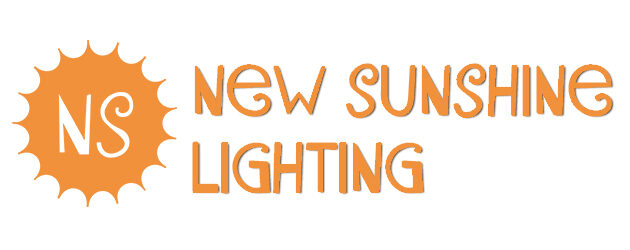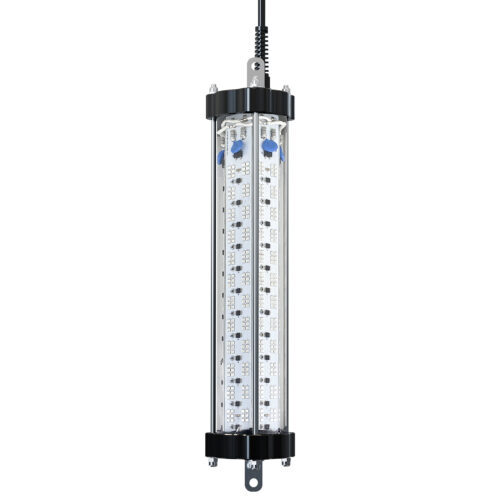Night fishing is a method of fishing in the water at night. Because the fish basically stop moving at night and don’t eat.
but the temperature is too high in summer, the fish’s appetite decreases, and they come out to feed at night.
The following is a detailed introduction to night fishing tips and dos and don’ts.
Night fishing uses the same tackle as day fishing.
Fish are phototaxis and will swim to light places at night. At this time, you can fish at night.
The difference is that the float should be floated with luminous or a small bell attached to the tip of the pole, or a lighting tool.
The bait should be heavy bait or live bait, and the fishing spot should be selected in the area with abundant bait near the shore or on the fish hole swimming route.
Night fishing is usually done in the first half of the night. At this time, fish activities are more active.
For night fishing, you should arrive at the fishing location before dark, carefully observe the water environment, choose the fishing location, make all preparations before fishing, and do not change the fishing location at will to avoid losing things and accidents in the dark.
Complete fishing equipment
The most important thing for fishing at night is lighting tools. As for lighting tools, some people say night fishing lights are good, some people say electronic drift, and some people think headlights are good.
From my experience, I suggest you can prepare LED night fishing lights, electronic drift and headlights.
In general, underwater night fishing lights can still be used for fishing, but most fishing friends are careless and often forget to charge the night fishing lights.
At this point, electronic drift and headlights are available. Also, if you want to catch big fish, it is better to use electronic drift.
but you will need matching headlights to check drift status more clearly.
In addition to lighting tools for night fishing, fishing rods, line sets, bait, nest materials, etc. are all important fishing equipment.
Nest at night and most importantly leave the fish behind. Wheat kernels, corn kernels, etc. are all good pellet nest materials.
However, it is best to set nests at night, and the number of nesting intervals must be less frequent. The taste of bait and nest, adjusted according to the target fish, can be selected.



